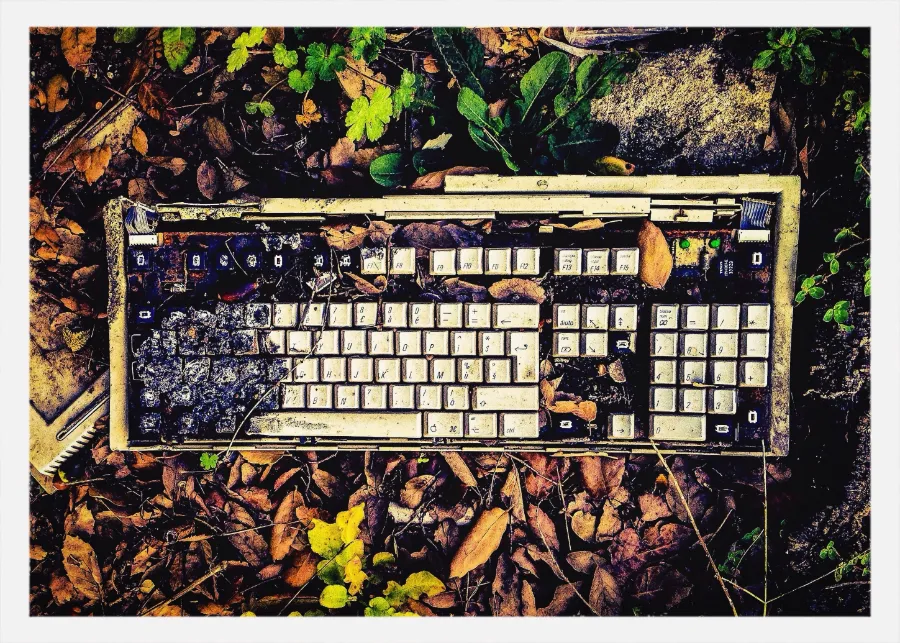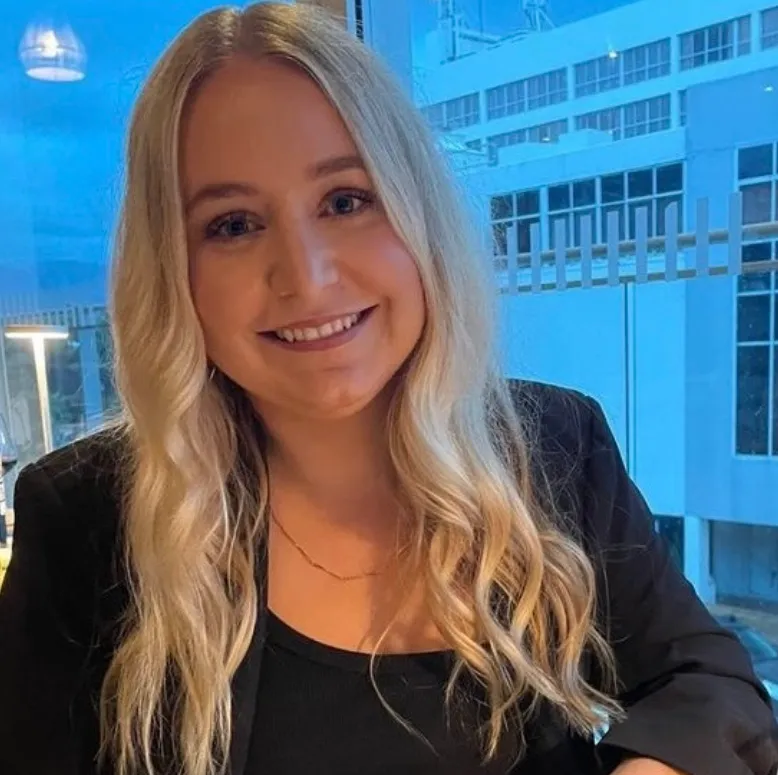Do you like to stay up to date with the latest and greatest e-gadgets? Many of us have gone through multiple devices in our lifetime. We upgrade to new smartphones, computers, and appliances as soon as they hit the market.
Whilst it’s easy to get swept up in this cycle of replacing devices as soon as something better (or newer) comes our way, it’s important to remember the e-waste this is creating. Every time we buy the latest device or appliance, what happens to our old one? Do they still work? If not, these items end up in landfill sites, polluting our environment and posing potential health risks.
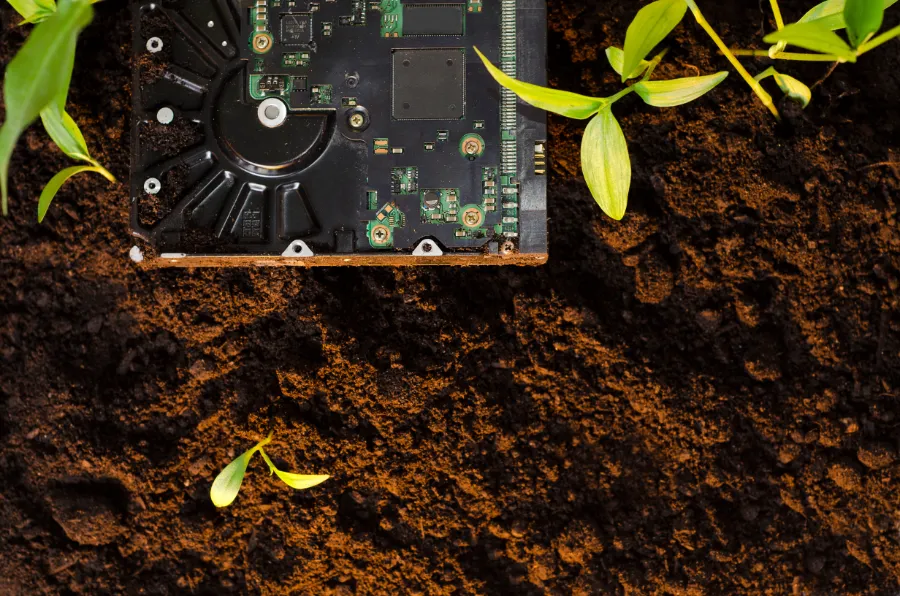
Currently, e-waste is one of the fastest-growing types of waste on our planet. It’s estimated that 6 million tonnes of e-waste are produced every year, and that number grows by 8 per cent annually.
Unfortunately, many people don’t realize that electronics contain toxic substances like mercury, beryllium and lead – and if not disposed of properly, those substances can harm human health and the environment.
However, many of these devices are made up of valuable materials such as metals and glass – all of which take energy to mine and manufacture. It is estimated that only 20% of it is being properly recycled. That means the other 80 per cent – valued at an estimated $64.6 billion – has gone to waste. The world is literally sitting on a gold mine of recoverable materials!
But there is hope, and that hope is called the circular economy! You may have heard of this concept, but what exactly is the circular economy? Let’s take a deep dive!
The Circular Economy
The circular economy is an ever-evolving concept that has been gaining increasing traction in the global market. It seeks to redefine our traditional linear economy of ‘take, make, and waste’ with a circular system of production that is more sustainable and mindful of the environment. The circular economy works to maintain resources within a circular loop of reuse, repair, and recycling.
The aim is to keep resources in use for as long as possible and extract maximum value from them before reintegrating them into the natural environment. By replacing resource extraction with circular solutions, we can prevent further environmental degradation and tap into economic opportunities.
It is a powerful force that can help the planet in more ways than one. In fact, it has been estimated that circular economic activities could generate savings of up to $4.5 trillion annually by 2030.
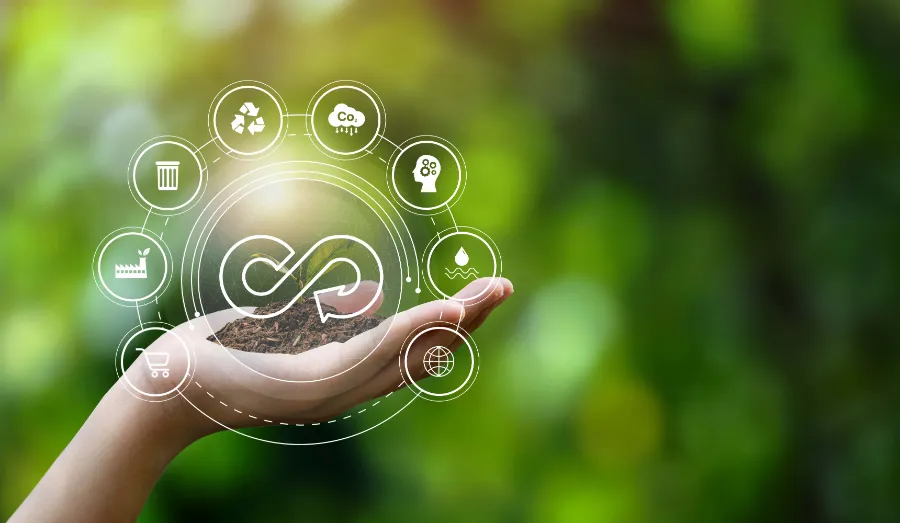
B-Corp Businesses
In addition, B Corps, or Benefit Corporations, is a new business model that blends social and environmental responsibility with traditional corporate objectives. With their commitment to sustainability and the triple bottom line of people, planet and profit, B Corps have emerged as a potential solution for reducing e-waste.
This is derived from their investment in the circular economy initiatives that repurpose materials into new products, promoting sustainability throughout their supply chains. Their production processes alone often eliminate toxic chemicals and increase energy efficiency, resulting in a significantly smaller environmental footprint.
Our sister company, RooCreate, is a certified B Corporation, aiming to disrupt the packaging industry and change the way packaging is purchased, consumed and created. Check us out here – www.roocreate.com
At Rooland, we are always looking for new and creative ways to turn waste into an opportunity to help the planet. Here are our five top tips to help you tackle your e-waste safely and sustainably!
Our Top Five Strategies
REDUCE:
For those who are always tempted to upgrade their tech for the latest and greatest gadget, there is an alternative way! Instead, focus on making sure your current device is running at its best possible performance – maintenance over upgrades! That could mean downloading software updates, cleaning out browser cookies, or even using a power bank to keep your device’s battery life in check. So forget about upgrades and start maintaining!
RECYCLE:
Give your electronic waste to a certified e-waste recycler. They offer unique services to help you responsibly dispose of your electronics and offer the peace of mind that comes from knowing your e-waste won’t end up in a landfill. A certified e-waste recycler will also ensure that all data is securely wiped off devices before being recycled. In Australia, the government has funded a National Television and Recycling Scheme (NTRS) that enables us to recycle our e-waste for free.Planet Ark maintains a database of television and computer drop-off points on its website: https://recyclingnearyou.com.au/. Simply type in your postcode and select material type; the closest drop-off point will become available.
REMARKET:
Trading in our old electronic devices is another great way to ensure they are reused, and their components repurposed instead of adding to our planet’s mounting waste problem. Trade-in programs can be a win-win situation for both consumers and the environment – allowing us to save money by trading in our old devices while ensuring that these items are not simply discarded into landfills.
REPAIR:
Making the conscious effort to repair your electronics can be an effective way of reducing e-waste. There are a couple of alternative ways to repair your broken appliances:
- Repair Cafés are community gatherings that aim to repair broken items and help people extend the life of their belongings. This grassroots movement started in 2009 with a single cafe in Amsterdam, Netherlands and has since spread across the globe. Currently, there are 70 repair cafes in Australia. Click the link to find one near you! https://www.repaircafe.org/en/visit/.
- Repair it yourself with the help of a multimeter. A multimeter is an invaluable tool in the world of electronics. This versatile device can measure electrical currents, voltages, and resistances to provide valuable insights into the operation of a device. By utilizing these measurements, you can pinpoint issues with a malfunctioning system and accurately diagnose the underlying cause. Multimeters are available at Bunning’s and Supercheap. For your convenience, we have linked the stores here:
https://www.supercheapauto.com.au/search?q=multimeters&lang=en_AU
https://www.bunnings.com.au/search/products?q=multimeter&sort=BoostOrder&page=1
- Alternatively, you can look for a local repair shop.
REFURBISH:
If you’re looking for a way to save money and reduce your environmental impact, buying refurbished phones or tech is an excellent option. Not only can you save hundreds of dollars on the latest devices, but you can also feel good knowing that you are preventing thousands of pounds of e-waste from entering landfills.To make sure you’re getting the best quality, avoid buying from big-box stores and look to sites that specialize in refurbished devices with a sustainable mission. These sites often offer warranties and helpful customer service to ensure your purchase is a successful one. We recommend Hulii – a renewable marketplace specialising in high-quality refurbished technology. Check it out.
At Rooland, we believe the 5 R’s are the building blocks of the circular economy. By proactively engaging with these five strategies, people and businesses can contribute to a more sustainable environment and act as responsible stewards of our planet. So next time you see the latest and greatest digital device hit the market, remember the five strategies at your disposal and opt out of creating more e-waste. After all, our future generations will thank us for it.
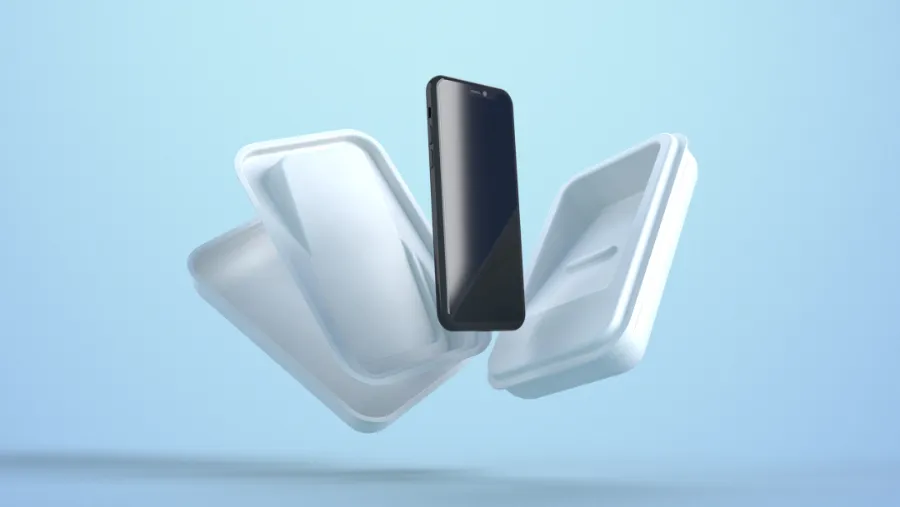
Above is an image of our sustainable sugarcane packaging for our client, Moorup – an Australian phone refurbished company extending the lives of electronic devices.
Lucy Lincoln
Lucy Lincoln is our Marketing and PR Coordinator here at Rooland. Lucy is currently finishing her marketing and PR degree at the University of Wollongong. At Rooland, Lucy assists in the development of all marketing and PR collateral. When Lucy isn’t writing buzz-worthy blogs, she enjoys going to the beach, cafe-hopping, and searching for the best acai bowl.

